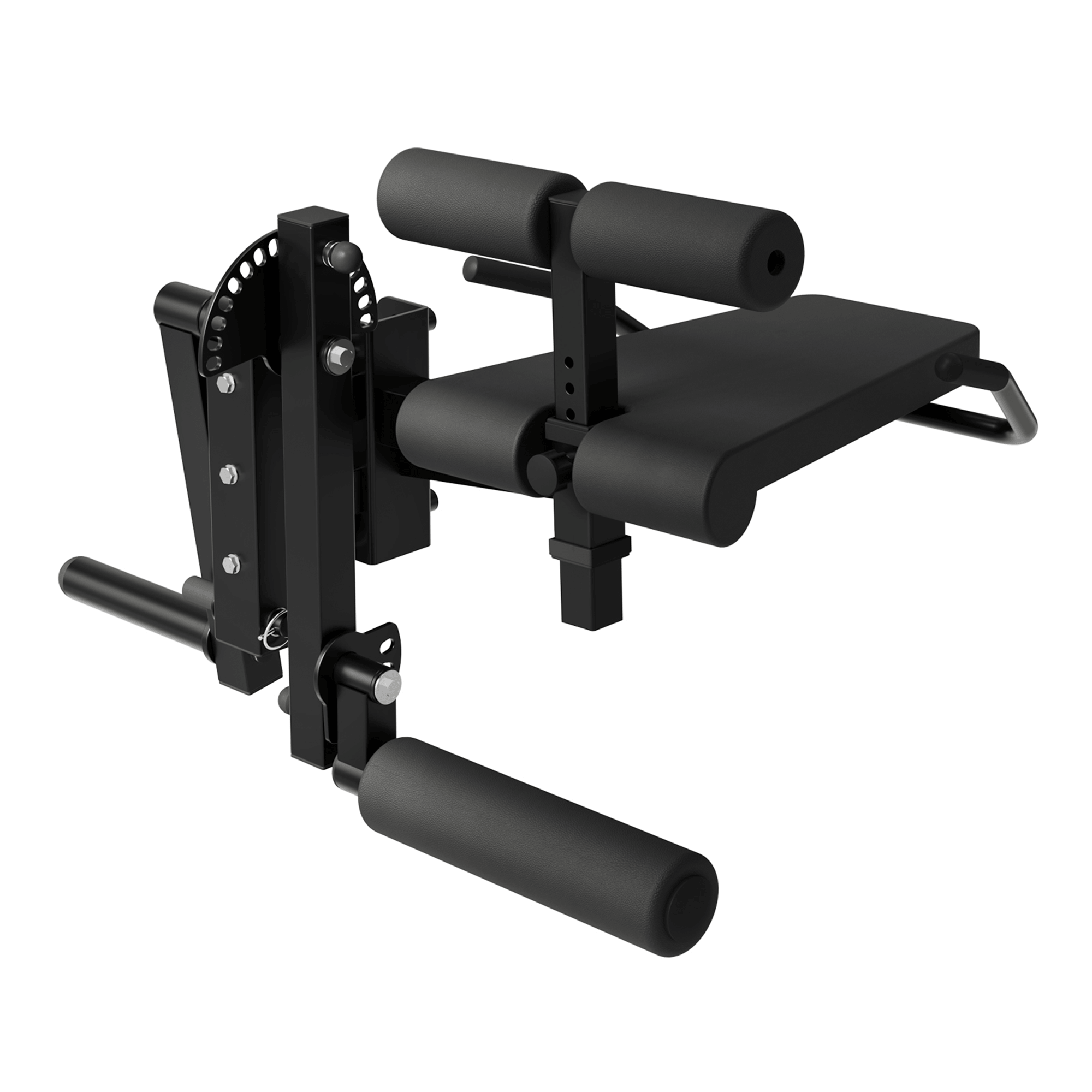A well-padded bench is foundational to effective and safe strength training. Whether you're doing bench presses, step-ups, or seated curls, the condition of your workout bench pad directly affects comfort, stability, and even your form. Over time, however, pads wear down, flatten, or tear—making replacement not just a cosmetic fix, but a performance and safety necessity.
Why a Quality Bench Pad Matters
The bench pad serves more than a comfort function. It provides support during heavy lifts and ensures your spine and joints stay aligned. When foam loses density or the surface tears, it can cause imbalance, reduce range of motion, or even result in injury. A quality weight bench pad keeps you locked in position, minimizing movement that could throw off your lift.
Signs You Need a Replacement Bench Pad
If you notice sagging foam, cracked vinyl, or uncomfortable pressure points while lifting, it’s time to upgrade. Key signs include:
-
Flattened or uneven foam pads
-
Torn or slippery bench surface
-
Shifting or unstable pad during movement
-
Soreness in contact areas after use
Types of Replacement Pads
1. Flat Bench Replacement Pads:
These are straightforward, full-length pads ideal for basic bench presses or dumbbell workouts. They typically use firm-density foam for back support and a durable vinyl cover.
2. Adjustable Bench Pad Replacements:
Many adjustable benches have separate seat and back pads. You can find specific weight bench seat replacements to target just the seat, or complete workout bench pad replacement kits for full upgrades.
3. Bench Press Cushion Pads:
For lifters focused on heavy bench presses, some prefer to add a bench press cushion or bench press foam padding. These are thicker pads that reduce shoulder strain and improve bar path stability.
Choosing the Right Material
-
High-Density Foam: Prevents bottoming out during heavy lifts.
-
Memory Foam Inserts: Add comfort, especially useful for accessory movements.
-
Commercial-Grade Vinyl: Easy to clean, sweat-resistant, and tear-resistant.
-
Anti-slip Underside: Keeps the pad firmly in place on the bench frame.
Installation & Compatibility
Before purchasing a workout bench replacement pad, measure your existing pad's dimensions and check mounting screw locations. Most gym bench pads are attached via wood backers and screws. Universal replacements exist, but brand-specific options often offer better fit and finish.
Where to Buy Bench Pads and Cushions
From major fitness retailers to custom upholstery shops, there’s a growing market for weight bench cushion replacements. Brands that cater to home gym users now offer foam upgrades, vinyl color options, and reinforced stitching for durability. Whether you’re replacing a flat bench pad or need pads for a commercial weight bench, there are options to fit all budgets and styles.
Final Thoughts
Replacing your weight bench cushion is one of the simplest yet most effective ways to improve your lifting experience. Whether you train at home or run a small gym, investing in proper workout bench cushions ensures you maintain comfort, safety, and performance over time. Don’t let a worn-out pad compromise your progress—your spine and shoulders will thank you.













































Leave a comment
This site is protected by hCaptcha and the hCaptcha Privacy Policy and Terms of Service apply.